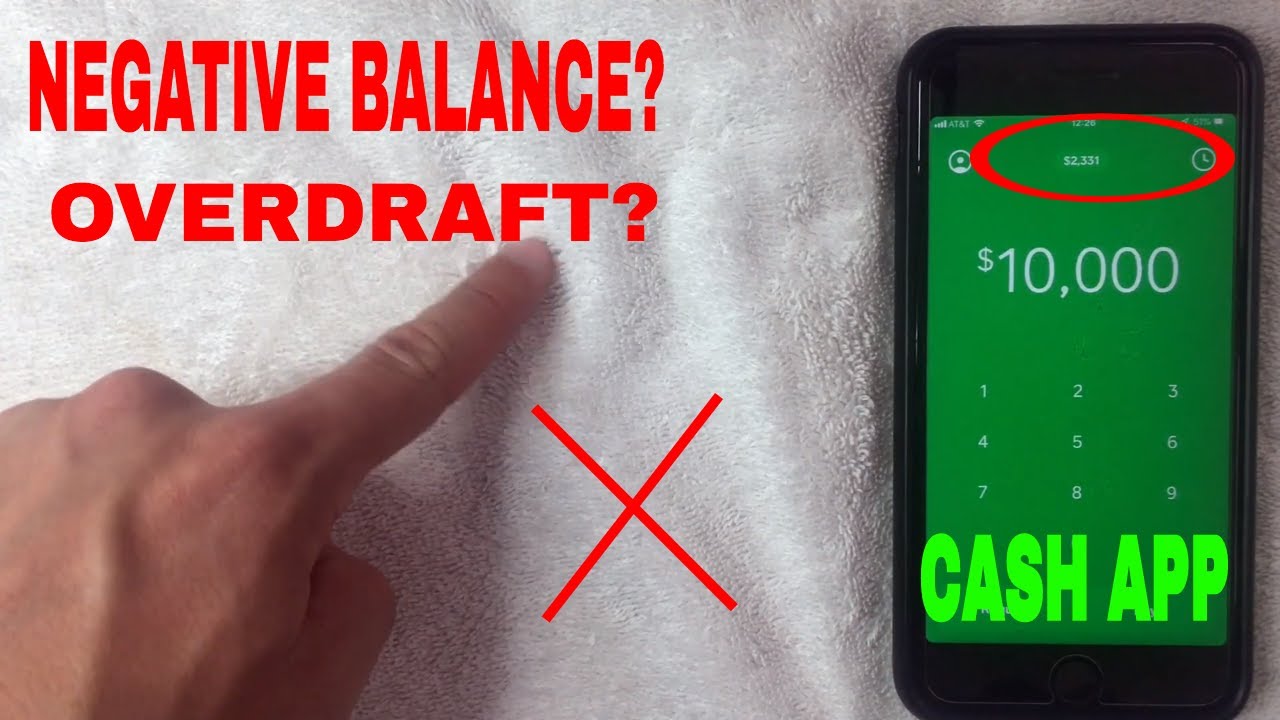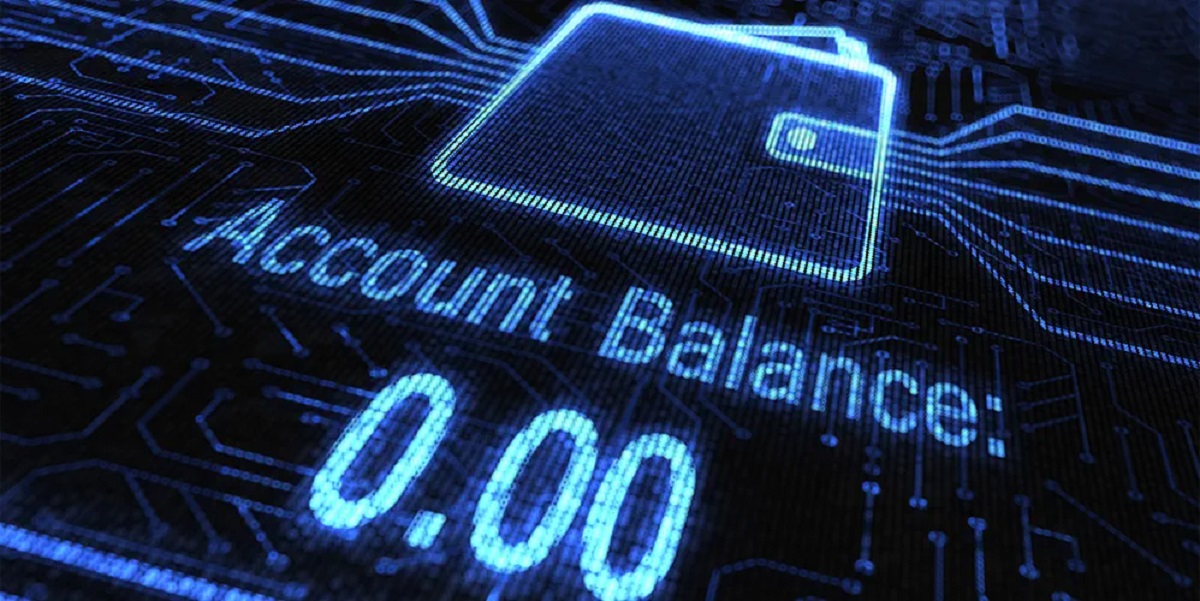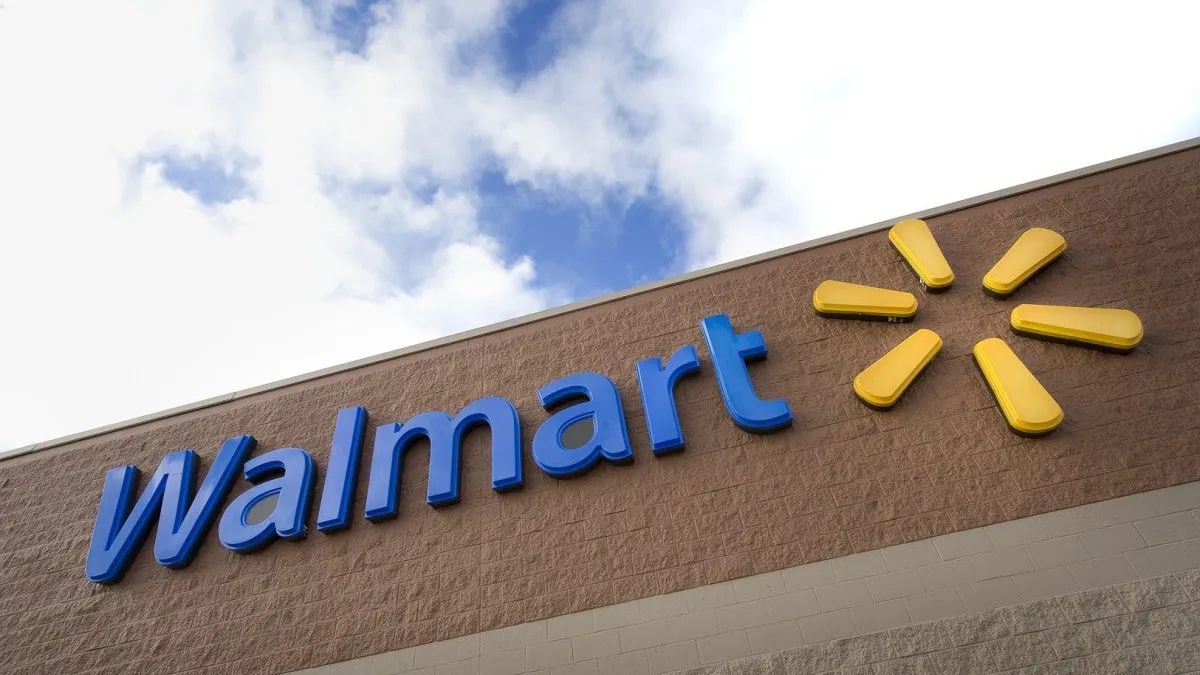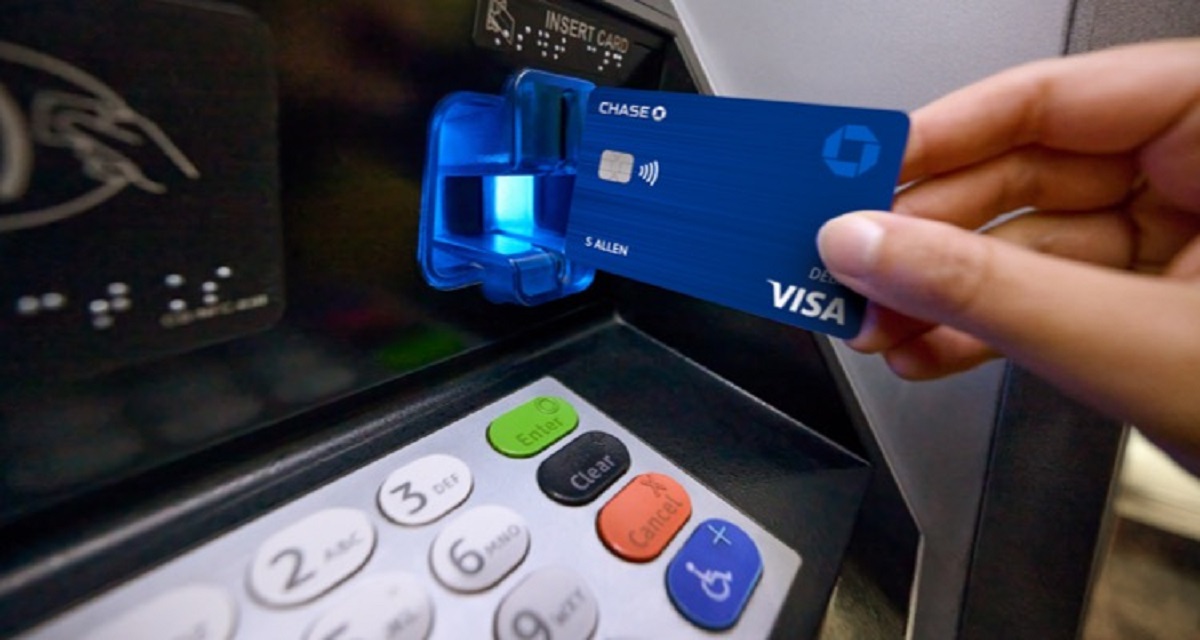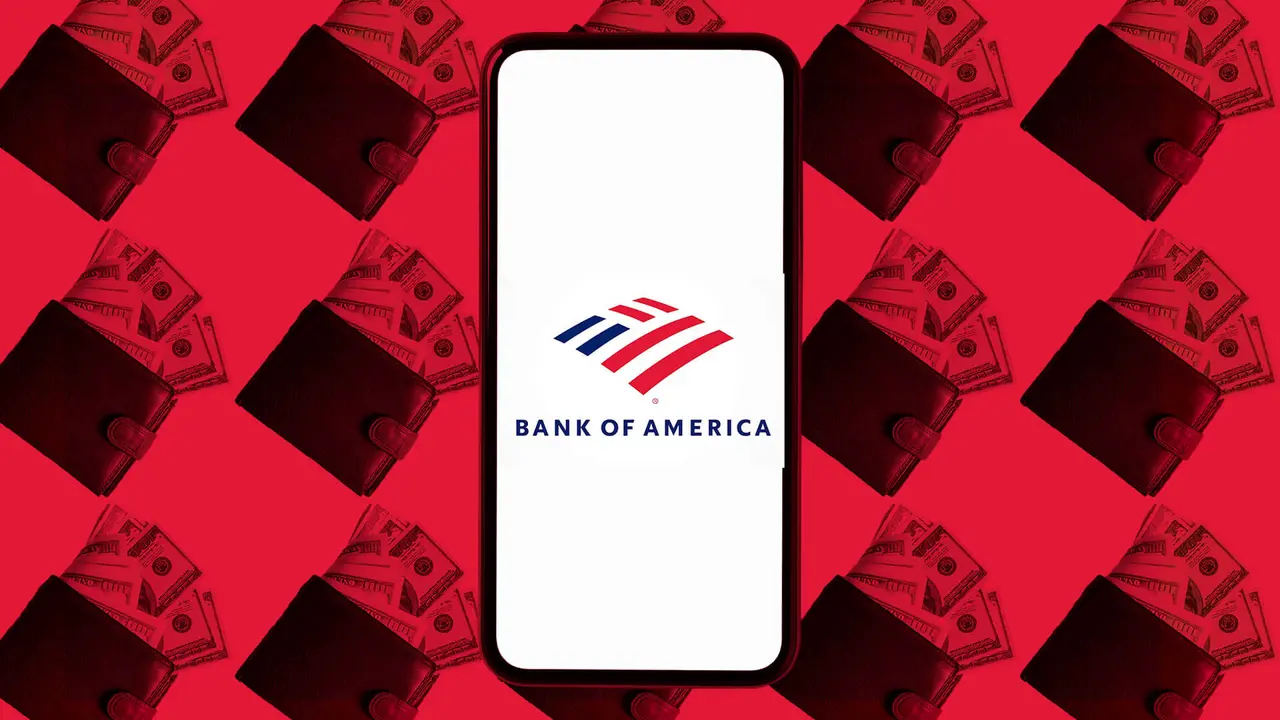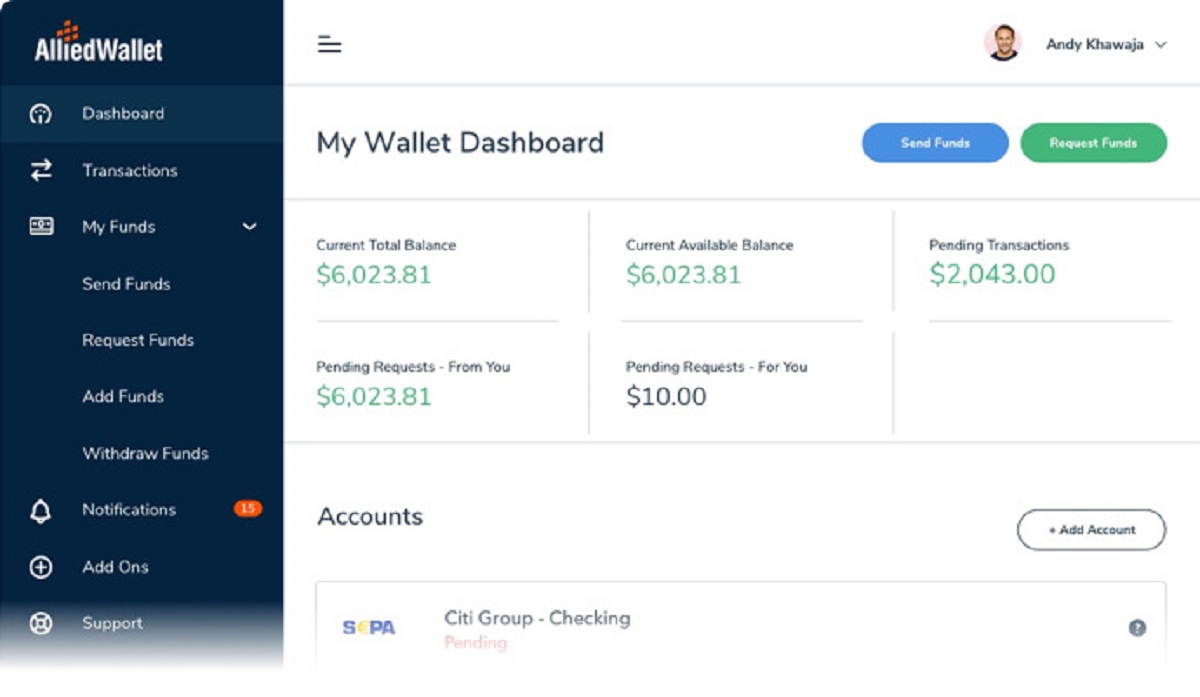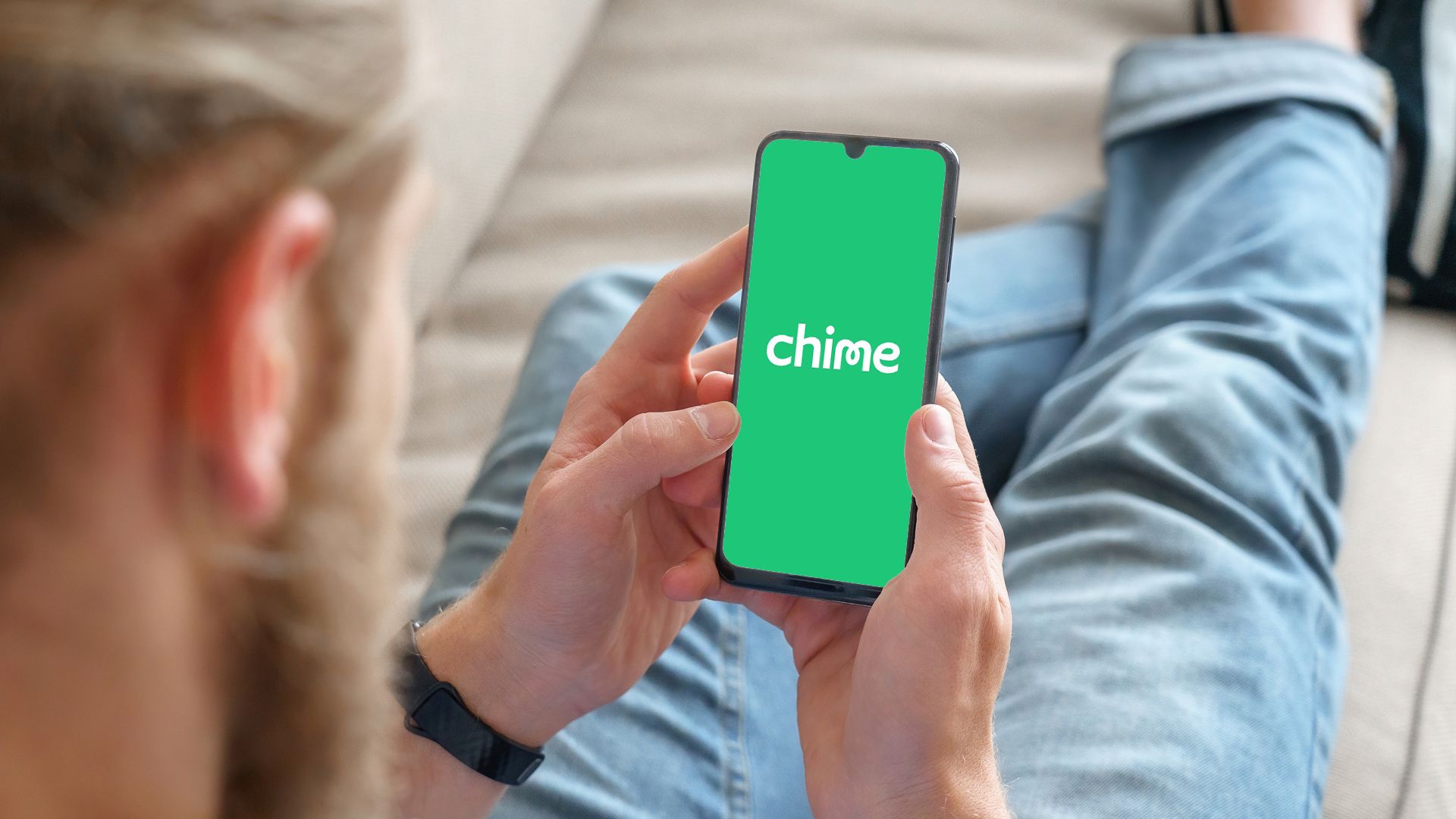Introduction
Welcome to our comprehensive guide on how to overdraw on a Cash App Card. The Cash App Card is a popular payment method that allows users to make purchases, withdraw cash, and even send money to friends and family. While the Cash App Card is typically used for transactions within the available balance, there may be instances where you need to overdraw on the card.
Overdrawing on a Cash App Card refers to spending more than the available funds on the card. This can be useful in emergency situations or when you need to make a purchase that exceeds your current balance. However, it’s important to understand the implications of overdrawn transactions, as they often come with fees and potential consequences.
In this guide, we will walk you through the process of overdrawing on your Cash App Card and provide you with essential tips to consider before making such transactions. We will also discuss the benefits and drawbacks of overdrawn transactions, helping you make an informed decision about whether it’s the right choice for your financial needs.
Whether you’re facing an unexpected expense or simply need to make a larger purchase, understanding how to overdraw on your Cash App Card can be a valuable skill. So, let’s dive in and explore the step-by-step process, along with the factors to consider before proceeding.
What is the Cash App Card?
The Cash App Card is a debit card offered by the popular mobile payment service, Cash App. It is linked to your Cash App account, allowing you to access and spend the funds available in your Cash App balance. This physical card can be used for various transactions, both online and in-person, just like any other debit card.
One of the key benefits of the Cash App Card is its convenience. Once you have a Cash App account, you can request a physical card through the app, which will be delivered to your address. The card is issued by Sutton Bank and is powered by Visa, making it widely accepted at millions of locations where Visa is valid.
With the Cash App Card, you can make purchases at retail stores, online marketplaces, and even withdraw cash from ATMs. The card provides flexibility in managing your finances and offers a seamless integration with your Cash App account, allowing you to easily track and manage your transactions.
In addition to its basic functionality, the Cash App Card also offers useful features such as the ability to add the card to mobile wallets like Apple Pay and Google Pay for contactless payments. This makes it a convenient and secure option for making transactions in today’s digital world.
It’s important to note that the Cash App Card is not a credit card. Instead, it acts as a debit card linked to your Cash App account balance. This means that you can only spend the funds that you have available in your Cash App account. While overdrawing on a Cash App Card allows you to spend more than your balance, it does come with certain implications and fees, which we will discuss in further detail later in this guide.
Now that you have a better understanding of what the Cash App Card is and its basic functionality, let’s move on to exploring the process of overdrawing on your Cash App Card and the steps involved.
Understanding Overdrawing on the Cash App Card
Overdrawing on the Cash App Card refers to spending more than the funds available in your Cash App account. This can be done by initiating a purchase or transaction that exceeds your current balance. While it may seem like a convenient solution in certain situations, it’s crucial to understand the implications and potential consequences of overdrawn transactions.
When you overdraw on your Cash App Card, the transaction may be approved or declined based on various factors, including your account history, spending patterns, and the specific amount you are attempting to overdraw. If the transaction is approved, you will have a negative balance on your Cash App account, indicating the amount you have overdrawn.
It’s important to note that overdrawing on your Cash App Card comes with associated fees. Cash App charges a fee for each overdrawn transaction, in addition to any potential fees imposed by your bank or financial institution. These fees can add up quickly, so it’s essential to carefully consider whether overdrawn transactions are necessary or if there are alternative solutions available.
Furthermore, consistently overdrawing on your Cash App Card can have long-term consequences. It can negatively impact your credit score, as well as your relationship with Cash App and other financial institutions. Defaulting on overdrawn amounts can lead to collection actions, potential legal consequences, and difficulty in obtaining credit or financial services in the future.
It’s also crucial to consider the potential impact on your financial stability and budgeting. Overdrawing on your Cash App Card indicates a gap between your income and expenses, highlighting the need for better financial management and planning. Before resorting to overdrawn transactions, it’s worth exploring other options such as budget adjustments, expense reduction, or seeking financial assistance, if needed.
Now that you have a better understanding of what it means to overdraw on your Cash App Card and the potential implications, let’s move on to the step-by-step guide on how to overdraw on your Cash App Card and the factors you should consider before proceeding with an overdrawn transaction.
Step-by-Step Guide to Overdrawing on the Cash App Card
If you find yourself in a situation where you need to overdraw on your Cash App Card, here is a step-by-step guide to help you navigate the process:
- Ensure Sufficient Funds: Before attempting to overdraw on your Cash App Card, make sure you have exhausted all available funds in your Cash App account. This ensures that you are only overdrawn to the necessary extent.
- Check for Eligibility: Not all Cash App users are eligible for overdrawing on their Cash App Card. To determine if you have this option, open your Cash App and navigate to the Banking tab. If you see the “Enable Overdrafts” option, you are eligible. Simply tap on it to enable overdrawn transactions.
- Set Overdraft Limit: Cash App allows you to set a specific limit for overdrawing on your Cash App Card. This can help you control the amount you can spend beyond your balance. Navigate to your Cash App settings, select “Overdraft & Current Card,” and set your preferred overdraft limit.
- Initiate Overdrawn Transaction: Once you have enabled overdrafts and set your limit, you can proceed with making an overdrawn transaction. Simply use your Cash App Card for the purchase or transaction that exceeds your available balance.
- Review Fees and Charges: It’s essential to be aware of the fees associated with overdrawn transactions on your Cash App Card. Cash App charges a fee for each overdrawn transaction, which can vary depending on several factors. Take the time to review and understand the fee structure to avoid any surprises.
- Monitor Your Balance: It’s crucial to keep a close eye on your Cash App account balance after making an overdrawn transaction. Ensure that you have a plan in place to pay off the overdrawn amount as soon as possible to avoid further fees or complications.
While this step-by-step guide provides an overview of the process, it’s important to remember that overdrawn transactions should be used sparingly and strategically. Consider the potential consequences, including fees and long-term financial implications, before opting to overdraw on your Cash App Card.
Now that you understand the step-by-step process for overdrawing on the Cash App Card, let’s move on to discussing the important factors you should consider before making such transactions.
Factors to Consider before Overdrawing
Before deciding to overdraw on your Cash App Card, there are several important factors to consider. These considerations will help you make an informed decision and assess whether overdrawn transactions are the right choice for your financial situation:
- Financial Stability: Evaluate your overall financial stability and assess whether overdrawing on your Cash App Card is necessary. Consider alternative solutions, such as adjusting your budget, seeking additional income, or exploring other sources of funds.
- Transaction Importance: Determine the urgency and importance of the transaction that requires you to overdraw on your Cash App Card. Is it a necessary expense or an impulse purchase? Prioritize your financial needs and make sure overdrawn transactions are justified.
- Costs and Fees: Understand the fees associated with overdrawn transactions on your Cash App Card. Cash App charges a fee for each overdrawn transaction, which can quickly accumulate. Calculate the potential costs and assess whether the expense is worth the additional fees.
- Repayment Plan: Have a clear plan in place to repay the overdrawn amount on your Cash App Card. It’s essential to promptly settle the negative balance to avoid further fees and to maintain a healthy financial standing.
- Alternative Options: Explore other alternatives before resorting to overdrawn transactions. Consider borrowing from friends or family, seeking a short-term loan, or exploring other financial assistance options that may have lower associated costs.
- Long-Term Impact: Assess the potential impact of overdrawn transactions on your credit score, banking relationships, and financial future. Consistently overdrawing on your Cash App Card can negatively affect your creditworthiness and make it more challenging to obtain credit or financial services in the future.
By carefully considering these factors, you can make a more informed decision about whether overdrawn transactions on your Cash App Card align with your financial goals and circumstances.
Now that you’re equipped with essential factors to consider, let’s delve into the benefits and drawbacks of overdrawn transactions on the Cash App Card.
Benefits and Drawbacks of Overdrawing
Overdrawing on your Cash App Card can have both benefits and drawbacks. It’s important to carefully evaluate these factors before deciding to engage in overdrawn transactions:
Benefits:
- Financial Flexibility: Overdrawing on your Cash App Card provides the flexibility to make essential purchases or cover unexpected expenses, even when your Cash App account balance is insufficient.
- Convenience: Overdrawn transactions can save you from potential embarrassment or inconvenience when faced with a declined transaction at a crucial moment.
- Emergency Situations: Overdrawing can be a valuable resource in emergency situations where immediate access to funds is crucial.
Drawbacks:
- Fees and Charges: Overdrawn transactions on your Cash App Card come with fees charged by Cash App, as well as potential fees imposed by your bank or financial institution. These fees can quickly accumulate, adding to the overall cost of your transaction.
- Financial Consequences: Consistently overdrawn accounts can have long-term financial consequences, such as negatively affecting your credit score and future borrowing opportunities.
- Repayment Responsibility: Overdrawing on your Cash App Card means you have a responsibility to promptly repay the negative balance. Failure to repay on time can result in additional fees and complications.
- Negative Impact on Financial Stability: Relying on overdrawn transactions as a regular financial tool can be a sign of financial instability and may indicate the need for improved budgeting and financial planning.
It’s crucial to weigh these benefits and drawbacks and consider your individual financial circumstances before deciding to overdraw on your Cash App Card. If possible, explore alternative options or seek financial advice to ensure a more sustainable financial future.
Now that we’ve examined the benefits and drawbacks of overdrawn transactions, let’s address some frequently asked questions about overdrawing on the Cash App Card.
Frequently Asked Questions about Overdrawing on the Cash App Card
Here are some common questions and answers regarding overdrawn transactions on the Cash App Card:
1. Can I overdraw on my Cash App Card?
Not all Cash App users have the option to overdraw on their Cash App Card. To check if you are eligible, open your Cash App and navigate to the Banking tab. If you see the “Enable Overdrafts” option, you can enable overdrawn transactions.
2. How much can I overdraw on my Cash App Card?
You can set a specific overdraft limit for your Cash App Card. The limit can be adjusted in your Cash App settings under the “Overdraft & Current Card” section. It’s important to set a limit that aligns with your financial capabilities and needs.
3. Are there fees associated with overdrawn transactions?
Yes, Cash App charges a fee for each overdrawn transaction. The fee can vary depending on various factors, such as the amount overdrawn and the length of time it takes to repay the negative balance. It’s crucial to review and understand the fee structure before initiating overdrawn transactions.
4. What happens if I don’t repay the overdrawn amount?
If you fail to repay the overdrawn amount on your Cash App Card, it can lead to collection actions and negative consequences. It may affect your credit score, your relationship with Cash App, and your ability to obtain credit or financial services in the future. It’s essential to promptly repay the negative balance to avoid further fees and complications.
5. Can I use my Cash App Card for overdrawn transactions internationally?
Yes, you can use your Cash App Card for overdrawn transactions internationally, as long as the payment is processed through a Visa-accepted merchant. However, keep in mind that international transactions may incur additional fees or currency conversion charges.
6. Can I opt-out of overdrafts on my Cash App Card?
If you want to disable overdrafts on your Cash App Card, you can do so by navigating to your Cash App settings and disabling the “Enable Overdrafts” option. Keep in mind that disabling overdrafts means you will not be able to make overdrawn transactions on your Cash App Card.
7. How can I monitor my overdrawn transactions and balance?
You can monitor your overdrawn transactions and account balance directly through the Cash App. The Transactions tab will provide a detailed summary of your transactions, and the Account Balance section will reflect your current balance, including any negative amount resulting from overdrawn transactions.
These frequently asked questions should provide you with a better understanding of overdrawn transactions on the Cash App Card. If you have any specific inquiries or concerns, it’s recommended to reach out to Cash App customer support for further assistance.
With these answers in mind, let’s conclude our comprehensive guide on how to overdraw on the Cash App Card.
Conclusion
Overdrawing on a Cash App Card can provide a temporary solution for financial emergencies or necessary purchases that exceed your available balance. However, it’s important to approach overdrawn transactions with caution and consider the potential consequences before proceeding.
In this guide, we explored the process of overdrawn transactions on the Cash App Card, step-by-step instructions, and factors to consider before making such transactions. We discussed the benefits of financial flexibility and convenience that overdrawn transactions can offer, as well as the drawbacks, including fees, potential financial instability, and long-term consequences.
Remember to carefully evaluate your financial stability, the importance of the transaction, and the costs associated with overdrawing. It’s crucial to have a repayment plan in place and explore alternative options before opting for overdrawn transactions. By making informed decisions and managing your finances responsibly, you can mitigate the risks and make the most of the benefits offered by the Cash App Card.
If you have any specific questions or concerns about overdrawing on your Cash App Card, it’s always recommended to reach out to Cash App customer support for personalized assistance and guidance.
We hope this guide has provided you with valuable insights and empowered you to make informed decisions regarding overdrawn transactions on your Cash App Card. Remember to prioritize your financial well-being and strive for financial stability in all aspects of your financial journey.







